Royal Society for the Protection of Birds (RSPB) published a comprehensive report with a scientific publisher Pensoft as a result of the efforts of the conducted field studies of multidisciplinary international research teams in Koytendag State Nature Reserve. According to the Pensoft, the book is now openly available at Advanced Book, edited by Geoff Welch (RSPB) and Prof. Pavel Stoev (National National Museum of Natural History of Bulgaria and Pensoft). Soon, the book will also be available in Russian.
The book is split into eight sections focused on different areas within the study of biodiversity: Flora, Surface dwelling invertebrates, Cave fauna, Fish, Amphibians, Reptiles, Birds and Mammals. An additional chapter is dedicated to the hydrogeology of the site because of its key role in supporting both the cave fauna and the local communities.
In the summary of the report, the authors make a list of the most significant findings made during the research. These include the discovery of a cave hosting the largest underground lake in the whole North Eurasia and a total of 48 species of higher plants that can only be found in Koytendag.
In terms of Koytendag's surface-dwelling fauna, the report lists a number of species new to science: a scorpion (most likely yet unnamed species currently recognised as a species complex) and a spider. Meanwhile, a total of seven previously unknown species were found underground, including the very first exclusively subterranean animal found in the country: the insect-like 'marvellous' dipluran named Turkmenocampa mirabilis.
"RSPB has been working in Turkmenistan under a Memorandum of Understanding with the Government since 2004. In that time we have had the privilege of working with a team of talented and dedicated national experts across the diverse and inspiring nature of this fascinating country. Our work in Koytendag has captured the attention and interest of many international scientists who hope that their contemporary biodiversity research will help to deepen the understanding and therefore ensure protection of the unique wonders of this mountain ecosystem. As a potential UNESCO World Heritage Site, we will continue to collaborate with the Turkmen people on the research and promotion of Koytendag State Nature Reserve,” Stephanie Ward, RSPB Central Asia Partner Development Officer said at the statement.
Since 2013, a series of scientific expeditions and assessments were coordinated and funded by the Royal Society for the Protection of Birds (RSPB) to pave the way for the protection and preservation of the unique landscape and rare wildlife the site is recognised for.
Situated in the extreme south-east of Turkmenistan, Koytendag presents one of the most distinct landscapes in Central Asia. Koytendag State Nature Reserve and its three Wildlife Sanctuaries: Hojapil, Garlyk and Hojaburjybelent, were established between 1986 and 1990 to protect and preserve the mountain ecosystem of the Koytendag region and maintain the ecological balance between the environment and increasing economic activities.
A report of RSPB-supported scientific research at Koytendag State Nature Reserve also contains pictures taken during the field studies.

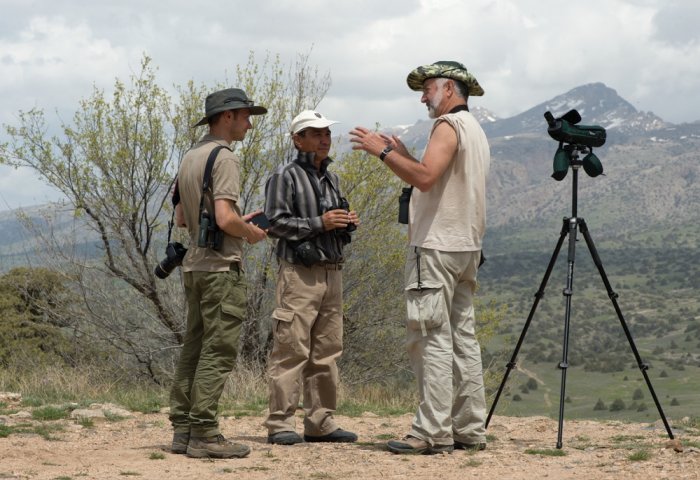
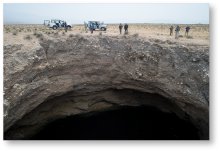
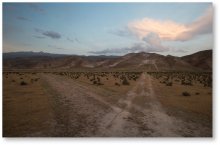
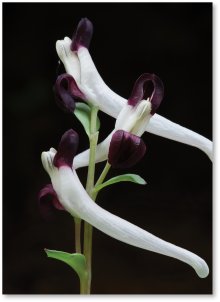
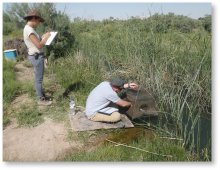
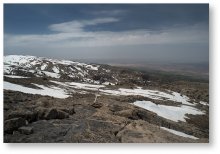
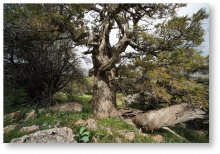
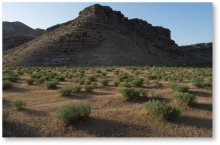
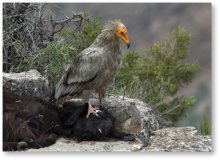
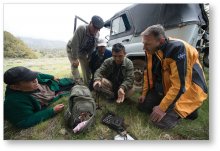
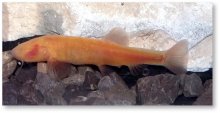
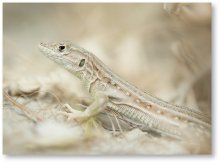
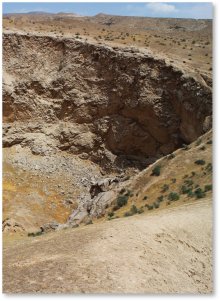
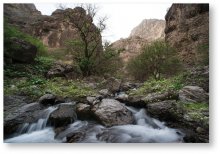

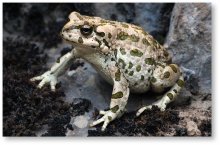


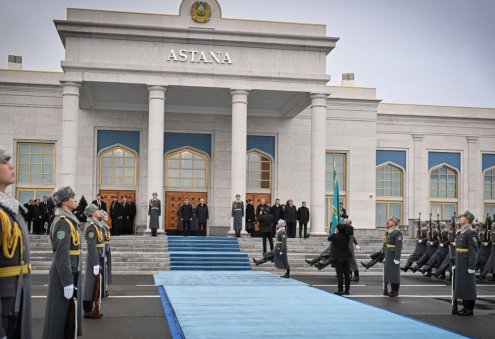
30635-90x604.jpg)




30625-90x604.jpeg)
_(1)30624-90x604.jpg)


